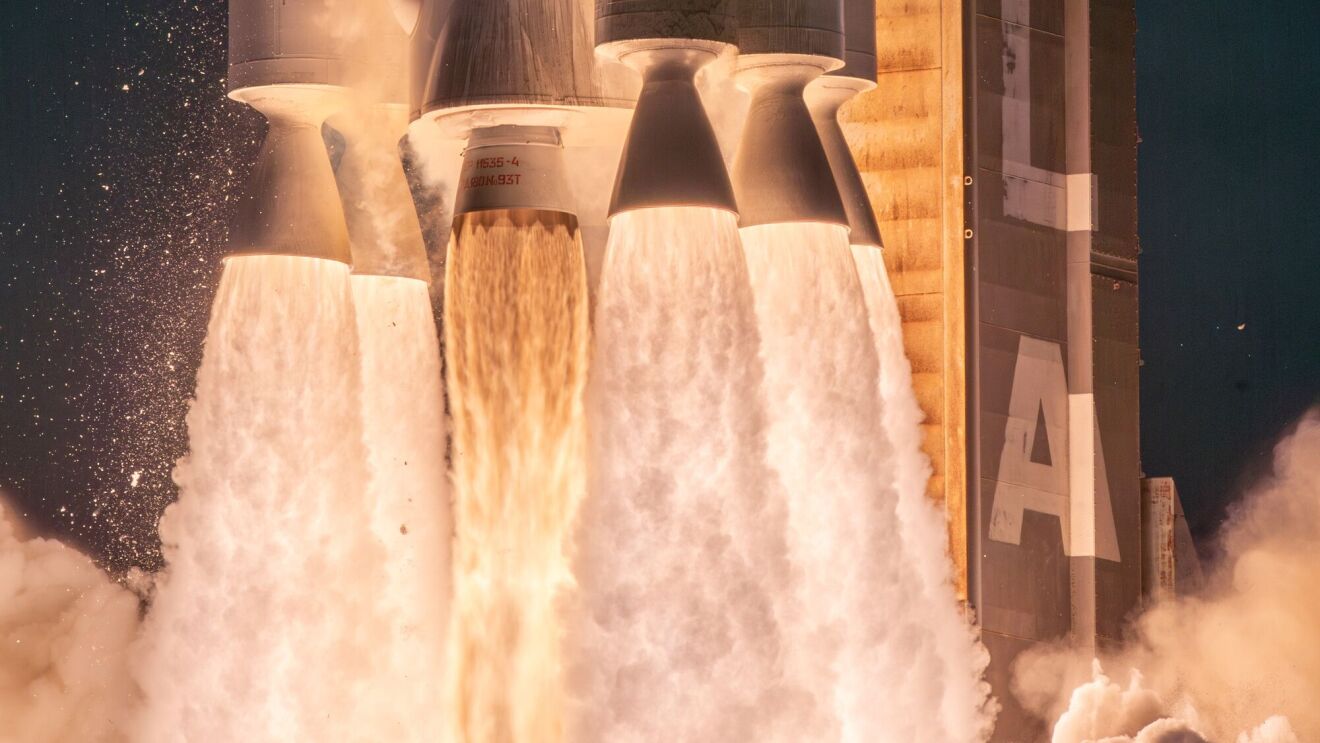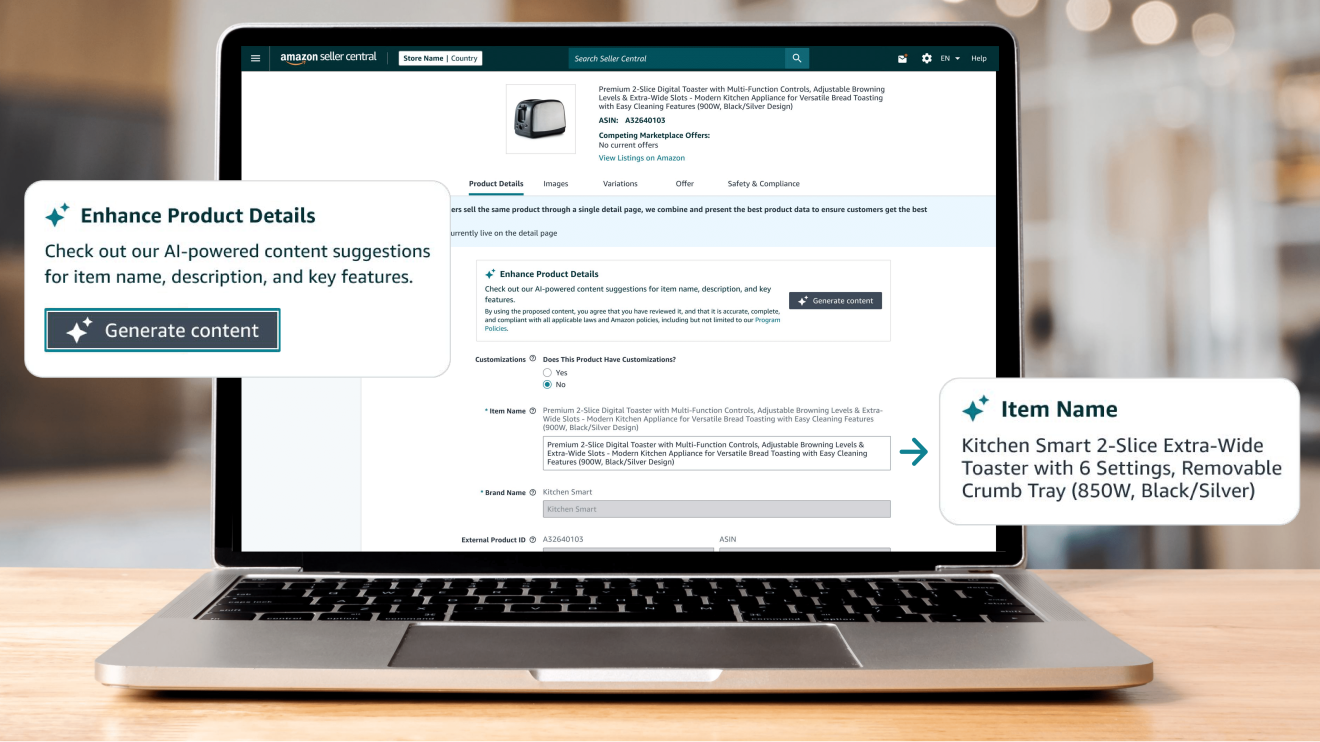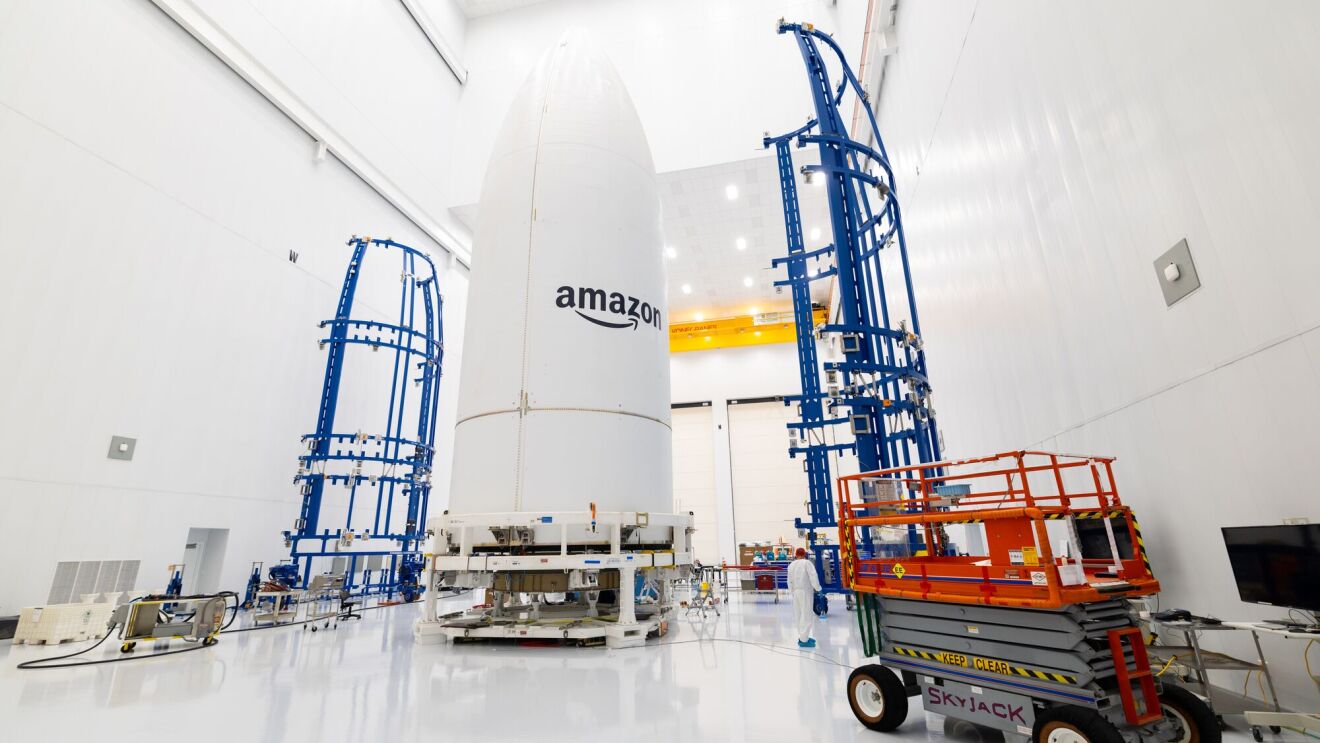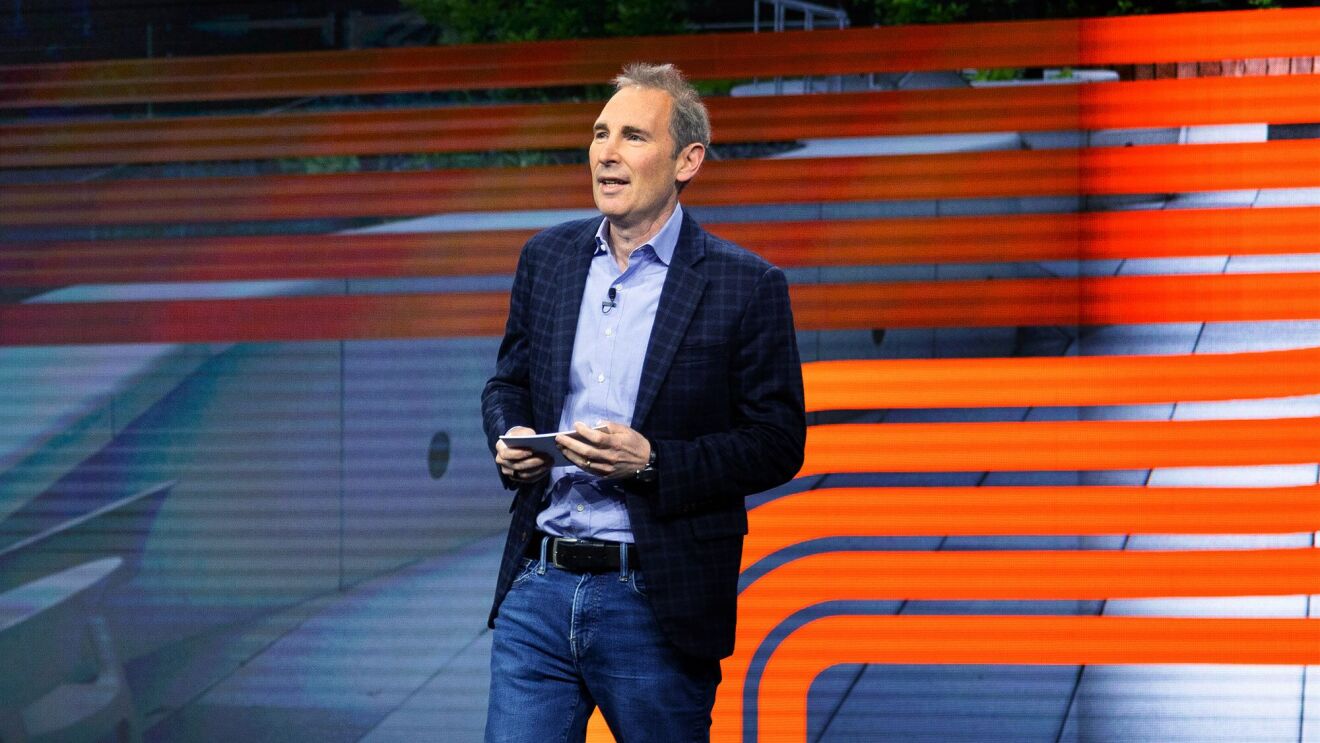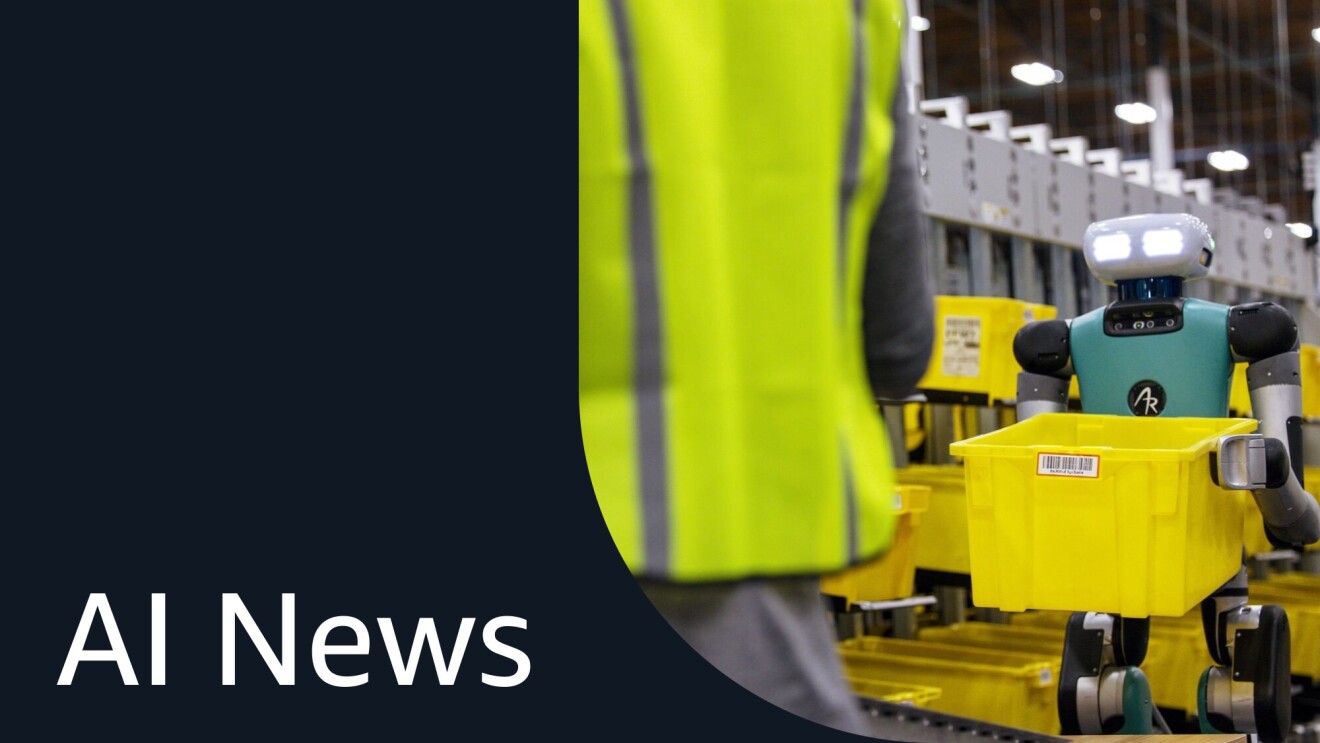Amazon continues to make progress on Project Kuiper, a low Earth orbit (LEO) satellite constellation that will provide fast, affordable broadband to unserved and underserved communities around the world. This is a major, long-term initiative, and today we're excited to share plans to launch and deploy our first satellites.
Introducing KuiperSat-1 and 2
This morning, we filed an experimental license application with the Federal Communications Commission (FCC) to launch, deploy, and operate two prototype satellites for Project Kuiper. These satellites—KuiperSat-1 and KuiperSat-2—are an important step in the development process. They allow us to test the communications and networking technology that will be used in our final satellite design, and help us validate launch operations and mission management procedures that will be used when deploying our full constellation.
"We’ve invented lots of new technology to meet our cost and performance targets for Project Kuiper. All of the systems are testing well in simulated and lab settings, and we’ll soon be ready to see how they perform in space," said Rajeev Badyal, vice president of technology for Project Kuiper. "There is no substitute for on-orbit testing, and we expect to learn a lot given the complexity and risk of operating in such a challenging environment. We can’t wait to get started."
KuiperSat-1 and KuiperSat-2 will include much of the technology and sub-systems that power the production version of our satellite design, including phased array and parabolic antennas, power and propulsion systems, and custom-designed modems. The team will also conduct experimental tests using prototypes of our low-cost customer terminal, which has been designed to provide fast, reliable service at a more affordable price than legacy antennas.
 Infographic explaining the communications test sequence for our prototype satellites. See full-size image.
Infographic explaining the communications test sequence for our prototype satellites. See full-size image.Protecting Earth and space
Amazon is committed to being a responsible steward of Earth and space, and we’ve architected our system and operational procedures to help protect others operating in and around low Earth orbit. KuiperSat-1 and KuiperSat-2 are designed for atmospheric demise and will be actively deorbited after the mission, and our application outlines additional measures we’re taking to avoid and mitigate the risk of orbital debris.
The team is also committed to working with astronomers and others in the industry to reduce the visibility of Kuiper System satellites. We’ve joined several conferences to engage directly with organizations like the National Science Foundation and the American Astronomical Society and are applying learnings from those discussions to our prototype plans. For example, one of the two prototype satellites will include a sunshade to help us understand whether it is an effective way to reduce reflectivity and mitigate its impact on ground-based optical telescopes. We will collect data to compare reflectivity between the two spacecraft, and share any learnings with the astronomy community following the mission.
Multi-launch agreement with ABL Space Systems
Alongside our FCC application, we're also excited to announce an agreement with ABL Space Systems to support these initial launches using its all-new RS1 rocket. Launches will take place at Cape Canaveral Space Force Station in Florida.
With a one-ton-plus payload capacity, RS1 delivers the right capacity and cost-efficiency to support our mission profile. ABL’s RS1 and GS0 launch system are also fully containerized and mobile, providing the speed and flexibility to support these early launches. We have been working closely with the ABL team for several months and already completed two integration design reviews—including plans for a novel adapter design. We will conduct an initial fit check early next year.
"Kuiper's mission to bring high-speed, low-latency broadband service to underserved communities is highly motivating for our team here at ABL," said Harry O'Hanley, CEO of ABL. "Amazon will play a central role in the next generation of space infrastructure, and we're proud to have been selected as their launch partner for these critical early flights."
We have been impressed by ABL’s unique capabilities, rapid development progress, and dedication to customers, and we’re excited to add RS1 among the different launch vehicles we’ll use to deploy our satellites. We see this as just the start of a long-term relationship together and look forward to supporting ABL as they expand their business.
Amazon continues to invest in Project Kuiper as we approach full production launches and prepare to serve tens of millions of customers around the world. There are now more than 750 people working on the project, and we plan to add hundreds more to the team in the coming year. If you’re interested in joining our world-class team of scientists and engineers, view open roles.
Read more about plans for KuiperSat-1 and KuiperSat-2 in our official application to the FCC or learn more about the program.
Trending news and stories
- Meet Project Rainier, Amazon’s one-of-a-kind machine ushering in the next generation of AI
- Amazon launches a new AI foundation model to power its robotic fleet and deploys its 1 millionth robot
- Project Kuiper and U.S. National Science Foundation sign satellite coordination agreement
- Amazon MGM Studios sets Denis Villeneuve as director of next James Bond film


